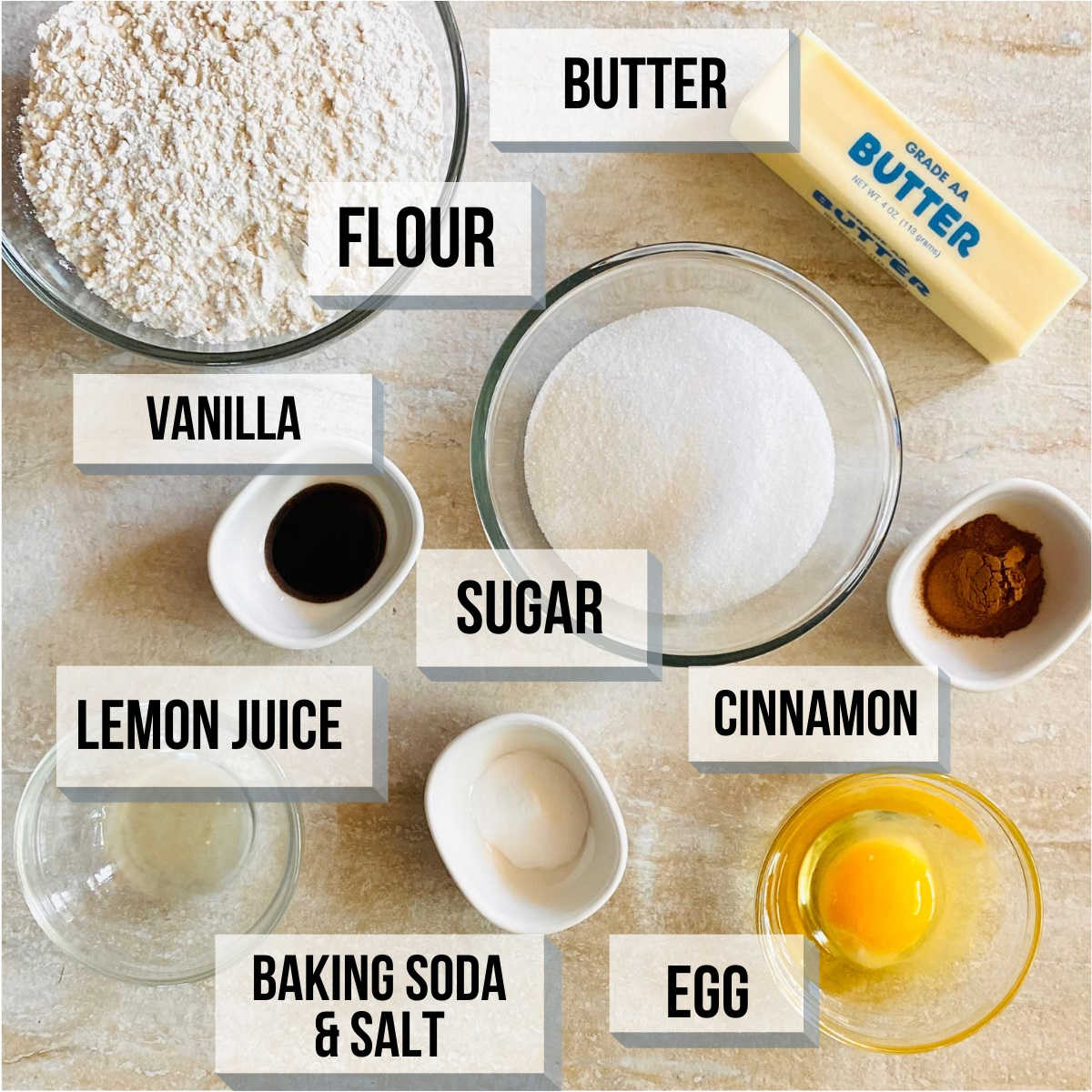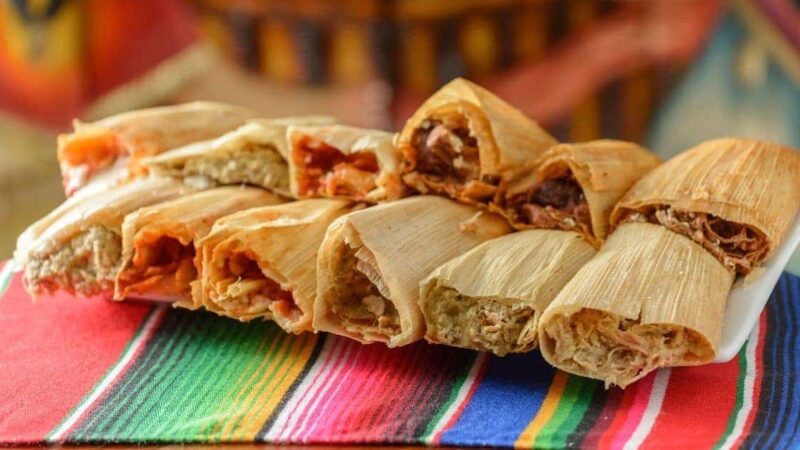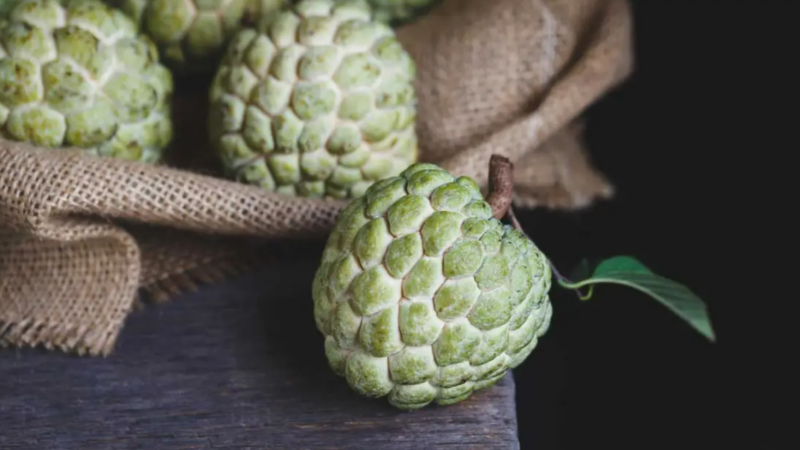Cream of Tartar Substitute: Baking Without Limits

Cream of tartar substitute – Whether you’re a seasoned baker or a novice in the kitchen, you’ve probably come across a recipe that calls for cream of tartar. This kitchen staple is commonly used in baking to stabilize egg whites, prevent sugar crystallization, and add volume to certain baked goods.
However, what do you do when you find yourself out of cream of tartar or simply want to explore alternatives? Fear not; there are several viable cream of tartar substitute that can save the day.
In this blog, we’ll delve into the world of cream of tartar substitute, discussing their uses and benefits. So, let’s explore your options for keeping your baked goods on track and delicious.
Cream of Tartar: A Quick Overview
Before we dive into the substitutes, it’s helpful to understand what cream of tartar is and why it’s commonly used in baking. Cream of tartar, also known as potassium hydrogen tartrate, is a powdery, acidic substance that’s a byproduct of winemaking. Its primary functions in baking are to:
- Stabilize Egg Whites: Cream of tartar helps egg whites maintain their volume and form, creating the perfect meringue, soufflé, or angel food cake.
- Prevent Sugar Crystallization: It can be added to sugar syrups and candies to prevent them from crystallizing and becoming grainy.
- Activate Baking Soda: When combined with baking soda, cream of tartar acts as a leavening agent, helping baked goods rise.
- Whip Cream: Cream of tartar can also help whip cream hold its shape.
Now that we’ve established the importance of cream of tartar in baking let’s explore some readily available substitutes.
Cream of Tartar Substitute
White Vinegar:
White vinegar is an excellent substitute for cream of tartar when stabilizing egg whites. Replace a quarter teaspoon of cream of tartar with half a teaspoon of white vinegar. Keep in mind that it might add a slight vinegar flavor, which is usually not noticeable in most recipes.
Lemon Juice:
Lemon juice can serve as a suitable replacement in recipes where cream of tartar is used to stabilize egg whites. Use the same substitution ratio as white vinegar, and enjoy the mild citrus undertone it adds to your dishes.
Baking Powder:
If you’re looking to activate baking soda, use baking powder as a 1:1 substitute for cream of tartar. Baking powder contains both an acid (cream of tartar) and a base (baking soda), making it a versatile option.
Yoghurt or Buttermilk:
In recipes that require cream of tartar to create a tangy flavour and help with leavening, plain yoghurt or buttermilk can be used as substitutes. Replace one teaspoon of cream of tartar with two teaspoons of yoghurt or buttermilk.
Store-Bought Egg White Powder:
If you specifically need a cream of tartar substitute for stabilizing egg whites in recipes like meringue, you can find commercial egg white powder products that work similarly to the cream of tartar. Follow the manufacturer’s instructions for usage.
Omit It:
In some recipes, you can simply omit the cream of tartar without significant consequences. This is particularly true for recipes where the cream of tartar is used for flavour, as the impact on the final taste may be minimal.
Tips for Using Substitutes
When opting for cream of tartar substitute, keep these tips in mind:
- Taste Test: Depending on your chosen substitute, your dish may have a subtle flavour alteration. Taste test and adjust the quantity if needed.
- Be Cautious with Omitting: While omitting cream of tartar is sometimes an option, it’s essential to understand its function in your specific recipe. Avoid omitting it when it’s crucial for achieving the desired texture or stability.
- Stay Flexible: Substitutes can work differently in various recipes. Experiment, adapt, and enjoy the creative process of baking.
Conclusion
Cream of tartar is a versatile ingredient in baking, but it’s not the end if you run out or prefer an alternative. The substitutes mentioned in this blog can help you maintain the quality and taste of your baked goods while allowing for flexibility in your kitchen endeavours.
So, don’t let the absence of cream of tartar limit your culinary creativity. Embrace these substitutes and continue to enjoy the wonderful world of baking. Happy baking!
FAQs:
1. What is cream of tartar, and why is it used in baking?
Answer: Cream of tartar, scientifically known as potassium hydrogen tartrate, is a white, powdery acid that is a byproduct of winemaking. It is used in baking for various purposes, including stabilizing egg whites in recipes like meringues and angel food cakes, preventing sugar crystallization in candies and syrups, activating baking soda as a leavening agent, and providing a tangy flavour in some baked goods.
2. Can I substitute cream of tartar with baking powder in a recipe?
Answer: Yes, you can substitute cream of tartar with baking powder in some cases. Baking powder is a leavening agent that contains both an acid (similar to cream of tartar) and a base (usually baking soda).
When a recipe calls for cream of tartar primarily for leavening, you can use an equal amount of baking powder as a substitute. However, keep in mind that this may affect the taste slightly.
3. What can I use as a cream of tartar substitute for stabilizing egg whites in recipes like meringue?
Answer: If you need a substitute for cream of tartar when stabilizing egg whites, you can use white vinegar or lemon juice. Replace 1/4 teaspoon of cream of tartar with 1/2 teaspoon of white vinegar or lemon juice. These acids perform a similar function in stabilizing the egg whites.
4. Is cream of tartar the same as tartaric acid?
Answer: Cream of tartar and tartaric acid are related but not the same. Cream of tartar, or potassium hydrogen tartrate, is a salt derived from tartaric acid. Tartaric acid is the pure acid itself.
While they share similar properties, cream of tartar is milder and less acidic than tartaric acid, making it more suitable for culinary use. In most recipes, you would use cream of tartar, not tartaric acid.



